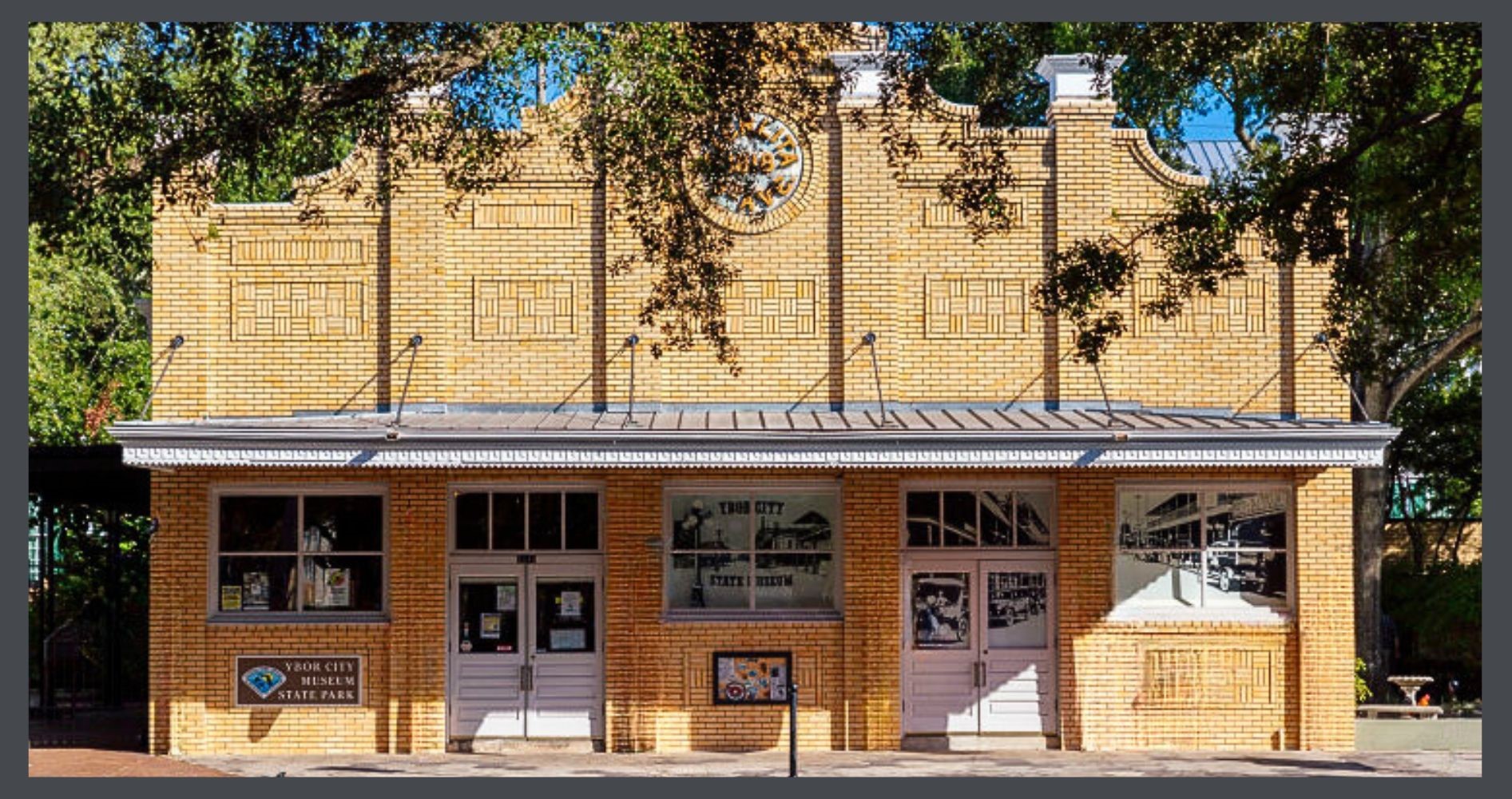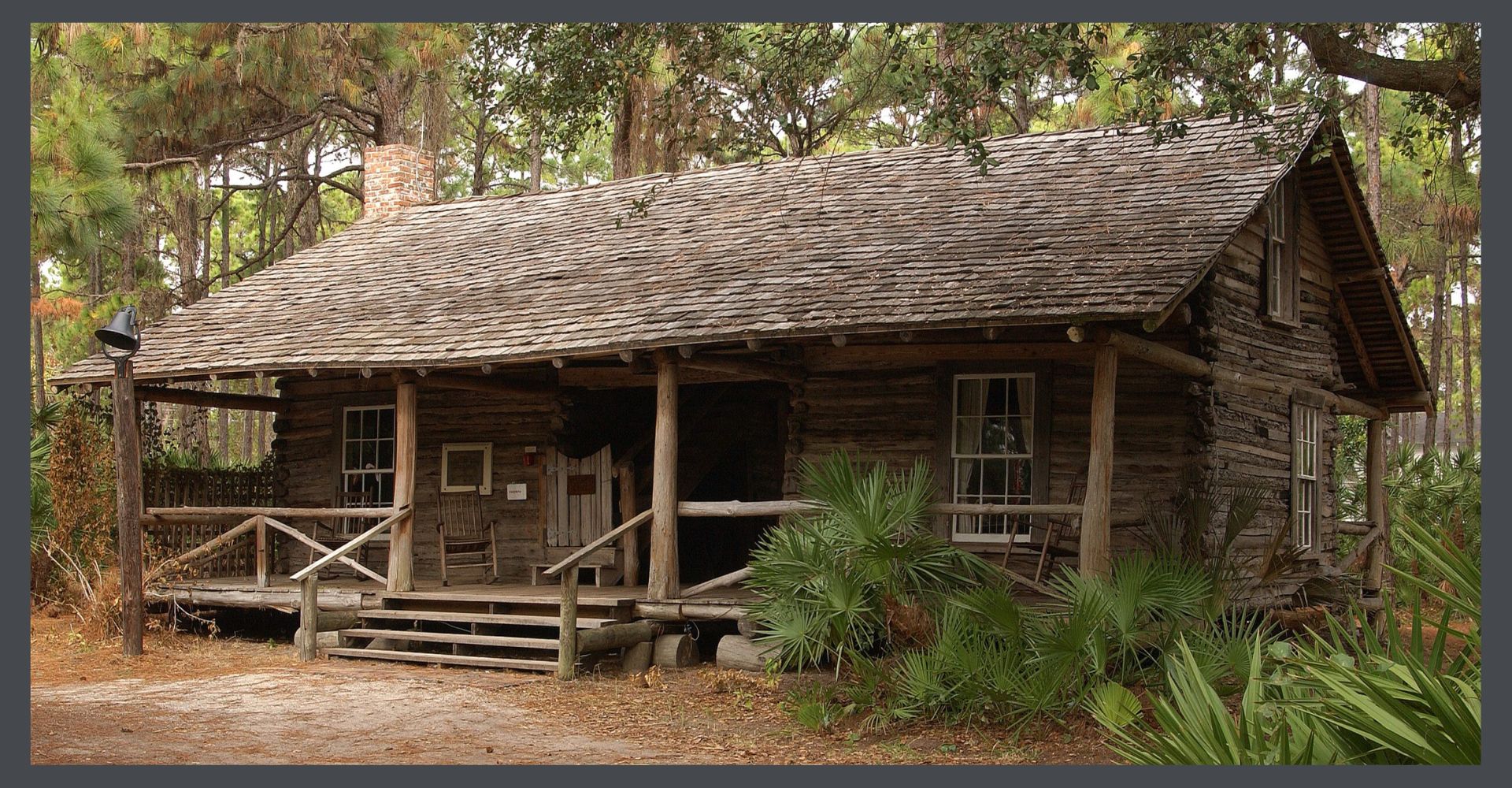 Just knowing these basic historic preservation glossary terms will take you far in understanding the principles & practices of historic preservation. The majority of the terms were developed by The U.S. Department of the Interior which protects & manages our country’s natural resources & cultural heritage through the National Park Service, providing scientific & other information about those resources. The Secretary of the Interior’s Standards for the Treatment of Historic Properties is a body of information, researched & formulated by top preservationists. It was written to provide guidance to historic building owners & building managers, preservation consultants, architects & contractors prior to beginning work. Much of the material below is copied directly from those materials. We’ll start with the most important concepts & then go alphabetically.
Just knowing these basic historic preservation glossary terms will take you far in understanding the principles & practices of historic preservation. The majority of the terms were developed by The U.S. Department of the Interior which protects & manages our country’s natural resources & cultural heritage through the National Park Service, providing scientific & other information about those resources. The Secretary of the Interior’s Standards for the Treatment of Historic Properties is a body of information, researched & formulated by top preservationists. It was written to provide guidance to historic building owners & building managers, preservation consultants, architects & contractors prior to beginning work. Much of the material below is copied directly from those materials. We’ll start with the most important concepts & then go alphabetically.
Please let me know if any of these definitions are difficult to understand. They form preservation 101 & are very important to the study of the subject.
THE FOUR TREATMENTS FOR HISTORIC PROPERTIES- NPS
Restoration
The act or process of accurately depicting the form, features, & character of a property as it appeared at a particular period of time by means of the removal of features from other periods in its history & reconstruction of missing features from the restoration period. The limited & sensitive upgrading of mechanical, electrical, & plumbing systems & other code-required work (primarily with regard to safety) to make properties functional.
Reconstruction
The act or process of depicting, by means of new construction, the form, features, & detailing of a non-surviving site, landscape, building, structure, or object for the purpose of replicating its appearance at a specific period of time & in its historic location.
Rehabilitation
The act or process of making possible a compatible use for a property through repair, alterations, & additions while preserving those portions or features which convey its historical, cultural, or architectural values.
Renovation
Modernization of an old or historic building or structure that may produce inappropriate alterations or eliminate important features & details.
THE BASIC HISTORIC PRESERVATION GLOSSARY

Ybor City Museum, Tampa, Florida housed in the historic Ferlita Bakery.
Adaptive Reuse
The conversion of a building to a use other than that for which it was originally designed, optimally, respecting the historic features of the building.
Alteration
The change in the exterior architectural features of any improvement or addition.
Character-defining features
A prominent or distinctive aspect, quality, physical feature or characteristic that contributes significantly to the physical character of a resource. This may include the overall shape of the structure, building or property, its materials, craftsmanship, decorative details, as well as the various aspects of its site & environment.
Contributing structure
During the course of designating a district, all of the structures, objects & sites are inventoried. The ones that contribute to the historic character of the district, were built during the district’s period of significance, & retain their appearance from that time, are considered contributing structures. The term also includes any structure that was identified as “potentially contributing” in any historic district. (See non-contributing structure above.)
Demolition by neglect
The destruction of a building through abandonment or lack of maintenance.
Design Guidelines
A preservation & redevelopment management tool used to help retain the historic character of a designated historic district (or districts, as they may be developed to cover more than one). Compiled & used in conjunction with a local preservation ordinance, project review by a local preservation commission, & other construction permitting regulations, they help ensure that historic properties are protected & that new construction respects district character.
They provide guidance addressing alterations & improvements to those historic properties, for new construction & development, for regulating demolition & dealing with neglected properties, & also recommendations for appropriate maintenance practices. They serve to guide individuals, businesses, architects, designers, as well as the local historic commission, in making consistent & objective decisions involving work & development within the historic districts.
Historic District
A geographically definable area that possess a significant concentration of buildings or sites that have been united architecturally or historically. Individual buildings in a district need not be individual historic landmarks; they can derive their significance in association with the district. A district occasionally also comprises individual elements separated geographically but thematically linked by association or history.
In other words, this is an area where older buildings are considered significant or valuable for architectural or historical reasons.
Historic Fabric
The physical material of a building, structure, neighborhood or city that is historic; the original physical materials.
Historic Property
A district, site, building, structure or object significant in American history, architecture, engineering, archeology or culture at the national, State, or local level.
Historic Resources Survey
The process of systematically identifying, researching, photographing & documenting historical resources within a defined geographic area.
Integrity
The authenticity of a property’s historic identity, evidenced by the survival of physical characteristics that existed during the property’s historic or prehistoric period.
National Register Criteria
The established criteria for evaluating the eligibility of properties for inclusion in the National Register of Historic Places.
National Register of Historic Places
The comprehensive list of districts, sites, buildings, structures, & objects of national, regional, state, & local significance in American history, architecture, archaeology, engineering, & culture kept by the National Park Service under authority of the National Historic Preservation Act of 1966. It is the official national list of historic places & objects deemed worthy of preservation.
Noncontributing structure
During the course of designating a district, all of the structures, objects & sites are inventoried. A building, structure, object or site that does not contribute to the historic character of the district, or were not built during the district’s period of significance, & do not retain their appearance from that time are considered non-contributing. (See contributing structure above.)
Object
Entities that are primarily artistic or are relatively small in scale & simply constructed, such as a statue or fountain.
Period of Significance
The date or span of time within which significant events transpired, or significant individuals made their important contributions to a historic district.
Preservation ordinance
The legislation enacted to protect the historic resources in your community. It protects buildings & neighborhoods (or areas) from destruction or insensitive rehabilitation. Its creation establishes a review board & the processes necessary to ensure this protection.
State Historic Preservation Officer, SHPO
An official within each state appointed by the governor to administer the state historic preservation program & carry out certain responsibilities relating to federal undertakings within the state.
State Historic Resources Survey
All identified & evaluated historical resources maintained by the SHPO. It includes all those historical resources evaluated in surveys that were conducted in accordance with criteria established by the SHPO & were thereafter determined eligible for, or listed in, the various federal, state or local historical registration lists.
State Historical Building Code (SHBC)
The building code which applies to all qualified historical structures, districts, & sites designated under federal, state or local authority. It provides alternatives to the Uniform Building Code in cases consistent with building regulations for the rehabilitation, preservation, restoration, or relocation of qualified historic structures designated as historic buildings.
Streetscape
The appearance or view of a street as created by its width, degree of curvature, paving materials, design of the street furniture, & forms of surrounding buildings.
Style
A type of architecture distinguished by special characteristics of structure, materials & ornament & often related in time.
Urban renewal
A series of federally funded public works projects that in the 1950-the early 60’s, resulted in the destruction of residential neighborhoods. Represented as a program to improve “blighted” neighborhoods & provide better housing conditions, urban renewal often involved displacement of families & annihilated established neighborhoods. Private homes & businesses were bulldozed, & entire neighborhoods uprooted, all to benefit politically powerful individuals & corporations. Many historic houses were taken by eminent domain & destroyed, making way for the erection of ugly, substandard housing.
In recent years, blighted historic neighborhoods all over the country have been revitalized. The neighborhoods that suffered urban renewal are not so fortunate. In those areas, there is little or nothing to bring back to life.
Vernacular
Structures designed & built without the aid of an architect or trained designer. The design of these buildings is based on ethnic, social, geographic or cultural traditions rather than on an architectural philosophy. They are usually built with local materials.

For full understanding, this basic historic preservation glossary should be used when you are studying any preservation materials. Knowing the words will speed your study & greatly increase your comprehension.
READ THESE ARTICLES TO LEARN HOW YOU CAN APPLY THIS INFORMATION TO SAVE OUR BUILT HERITAGE
PRESERVATION ACTIVISM IN YOUR BUNGALOW NEIGHBORHOOD![]()
NEIGHBORHOOD PRESERVATION COMMITTEES- BUILDING COMMUNITY![]()
NEIGHBORHOOD PRESERVATION COMMITTEE MEMBERSHIP ACTIVITIES![]()
PUBLIC EVENTS THAT CAN BE PRODUCED BY YOUR NEIGHBORHOOD PRESERVATION COMMITTEE![]()
MAKING YOUR NEIGHBORHOOD HISTORIC PRESERVATION COMMITTEE WELL KNOWN![]()
AGENDA FOR YOUR FIRST NEIGHBORHOOD PRESERVATION COMMITTEE MEETING![]()
WHAT IS A HISTORIC DESIGNATION, ANYWAY?![]()
STAY IN THE BUNGALOW KNOW!!!
Sign up for our newsletter & receive our FREE E-book, 7 VITAL Things to Do Before You Hire a Contractor.





0 Comments